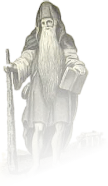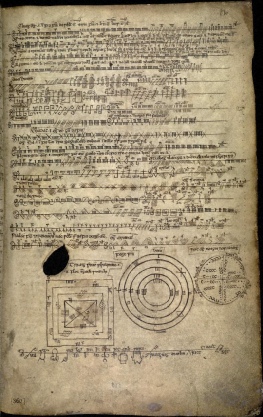
Y drwy hud

In its raw form,
tungsten is a hard steel-
If made very pure, tungsten retains its hardness (which exceeds that of many steels), and becomes malleable enough that it can be worked easily.
It is worked by forging, drawing, or extruding. Tungsten objects are also commonly formed by sintering.
Of all metals in pure form, tungsten has the highest melting point (3422 °C, 6192 °F), lowest vapor pressure (at temperatures above 1650 °C, 3000 °F) and the highest tensile strength.[12] Although carbon remains solid at higher temperatures than tungsten, carbon sublimes, rather than melts, so tungsten is considered to have a higher melting point. Tungsten has the lowest coefficient of thermal expansion of any pure metal. The low thermal expansion and high melting point and tensile strength of tungsten originate from strong covalent bonds formed between tungsten atoms by the 5d electrons.[13] Alloying small quantities of tungsten with steel greatly increases its toughness.[5]
Tungsten exists in two major crystalline forms: α and β. The former has a body-
The TC value can also be raised by alloying tungsten with another metal (e.g. 7.9 K for W-
Tungsten
was among the first alloying elements systematically studied and used to improve steel properties, for example hardness, cutting efficiency and cutting speed of tool steels.
Magic = Hud
Magic mushroom =Madarch hud
charm, magic, enchantment = cyfaredd
Rud Hud Hudibras
(Welsh: Run baladr bras) was a legendary king of the Britons as recounted by Geoffrey of Monmouth. He was the son of King Leil and ruled during a civil war.
During the waning years of Leil's reign,
the kingdom of the Britons became unstable, and civil war broke out.
Rud Hud Hudibras became king after his father's death and reigned for 39 years, ending the civil war and restoring peace to the kingdom.
During his reign, he founded Kaerreint,
later renamed Canterbury by the Angles.
He is also said to have founded Kaerguenit (Winchester) and Paladur Castle (Shaftesbury). He was succeeded by his son Bladud.
Geoffrey places Rud Hud Hudibras' reign during the time Capys was king in Alba Longa and Haggai, Amos, Joel, and Azariah were prophesying in Israel. Haggai began his ministry around 520 BC, whilst Amos is said to have prophesied during the reigns of Uzziah of Judah and Jeroboam II, probably around 7 60 BC
According to Geoffrey, Brutus,
called Greenshield (Latin: Viridescutum), was the eldest of twenty sons and the only remaining son of Ebraucus in Britain at the time of his death.
All Ebraucus's other sons were in Germany establishing a new kingdom there.
He reigned for twelve years after his father's death.
He was succeeded by his son, Leil.
This is all thFamily tree of the House of Brutus
Corineus
Brutus
Gwendolen
Locrinus
Albanactus
Kamber
Maddan
Mempricius
Malin
Ebraucus
Brutus Greenshield
Nineteen other sons
Thirty daughters
Leil
Rud Hud Hudibras
Leir
Gonorilla
Regan
Cordeilla
Marganus
Cunedagius
Rivallo
Gurgustius
unknown
Sisillius
Jago
Kimarcus
Gorboduc
Judon
Ferrex
Porrexat Geoffrey says of him.

